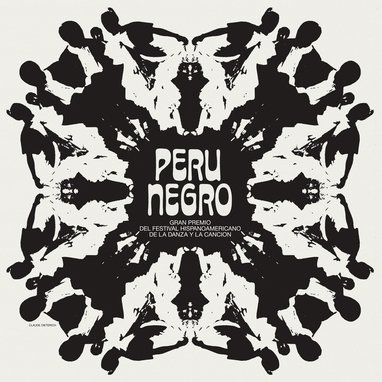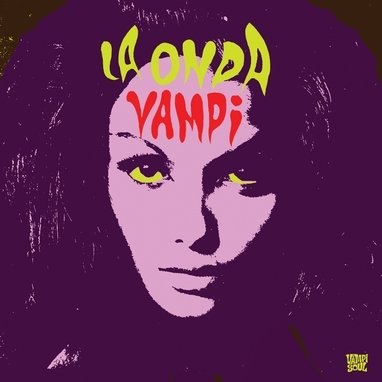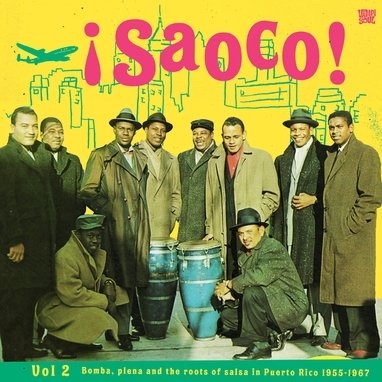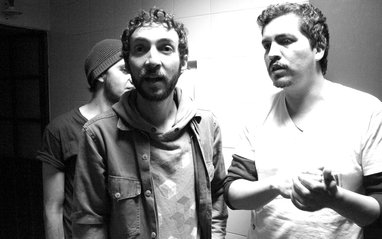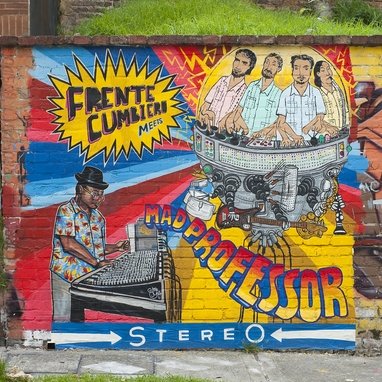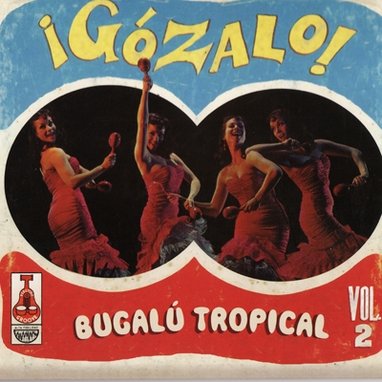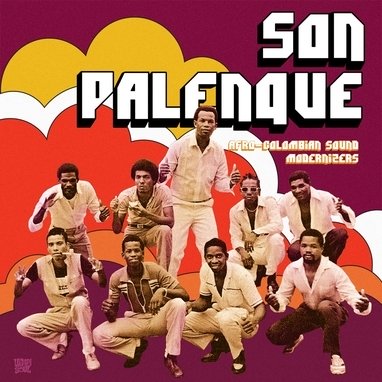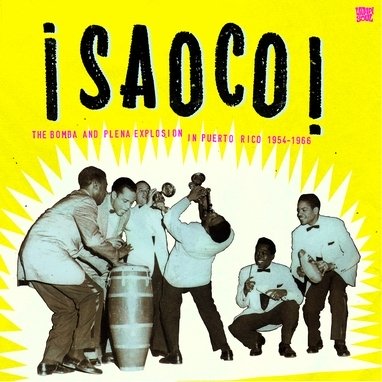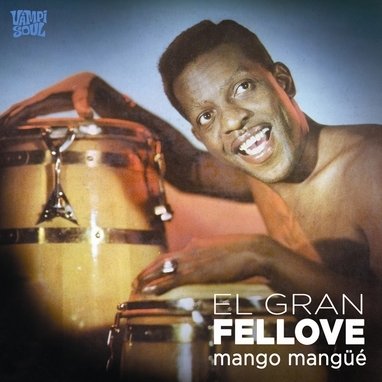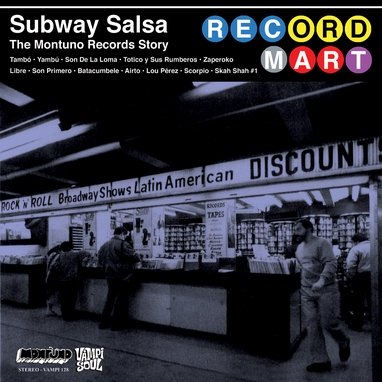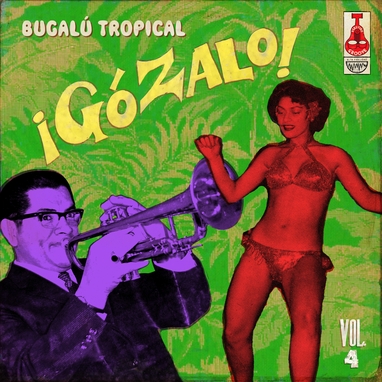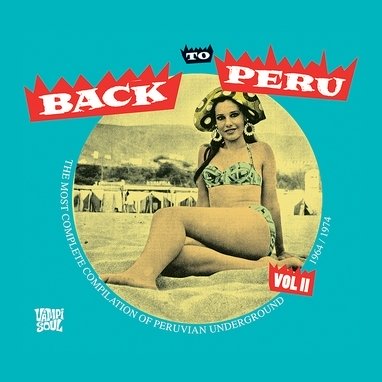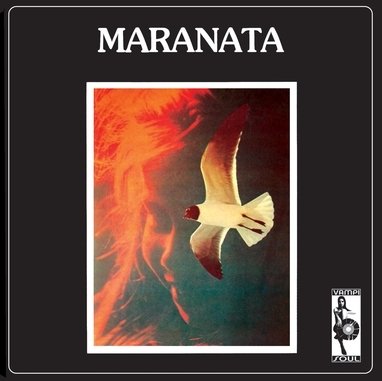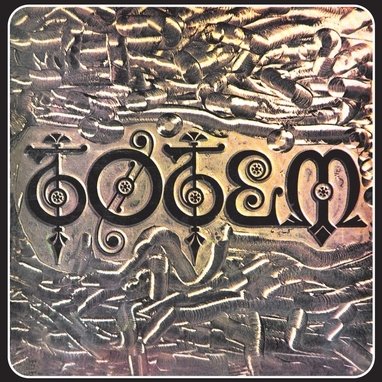Perú Negro
Perú Negro
Original price was: 21,00€.15,00€Current price is: 15,00€.
Vampisoul
Perú Negro
Perú Negro
Afro-Peruvian music, also known as música criolla, finds its roots in West African music, Spanish and European genres and native musical traditions from Peru. After a long struggle to preserve it through oral means over generations, a renewed interest in those rhythms and melodies arose in the 1950s. The dance company Perú Negro won the main award at 1969’s Festival Hispanoamericano de la Danza y la Canción, and a few years later their repertoire was included in this album, a key record in Afro-Peruvian culture which introduced música criolla to a wider audience. Presented in facsimile artwork and pressed on 180g vinyl.
Afro-Peruvian music, also known as música criolla, finds its roots in West African music, Spanish and European genres and native musical traditions from Peru. Flamenco-influenced sounds sit next to African tribal elements and a simple yet effective percussion instrument called cajón. After a long struggle to preserve música criolla through oral tradition over generations, actually resulting in much of the original music being lost, a renewed interest in those rhythms and melodies arose in the 1950s. Some years later the legendary Peruvian singer Chabuca Granda provided help to promote Perú Negro, a dance company that also incorporated percussion combined with música criolla. Ronaldo Campos, Lalo Izquierdo, Víctor Padilla, Rodolfo Arteaga and Caitro Soto, among others, played a key role in the foundation and early days of the company. Their shows celebrated and recreated black culture in Peru and they quickly became regulars at Lima’s theatres. In 1969 they won the main award at the Festival Hispanoamericano de la Danza y la Canción in Argentina. The repertoire performed at the festival was later included in this album, originally released in 1973 in Peru and Spain only. The lyrics and music of these songs reflect the country’s multicultural diversity, blending elements from the African tradition and echoes of Spanish-influenced melodies around stories of slavery days, rural labour and folklore. Although lesser known than music from other nearby countries, Peru Negro’s recordings are reminiscent of Afro-Colombian or Afro-Cuban rhythms. If you have an interest in Cuban son or Colombian bambuco, this record will be an essential addition to your collection and the perfect introduction to the fascinating música criolla.
Productos relacionados
Original price was: 21,00€.15,00€Current price is: 15,00€.
Afro-Peruvian music, also known as música criolla, finds its roots in West African music, Spanish and European genres and native musical traditions from Peru. After a long struggle to preserve it through oral means over generations, a renewed interest in those rhythms and melodies arose in the 1950s. The dance company Perú Negro won the main award at 1969’s Festival Hispanoamericano de la Danza y la Canción, and a few years later their repertoire was included in this album, a key record in Afro-Peruvian culture which introduced música criolla to a wider audience. Presented in facsimile artwork and pressed on 180g vinyl.
Afro-Peruvian music, also known as música criolla, finds its roots in West African music, Spanish and European genres and native musical traditions from Peru. Flamenco-influenced sounds sit next to African tribal elements and a simple yet effective percussion instrument called cajón. After a long struggle to preserve música criolla through oral tradition over generations, actually resulting in much of the original music being lost, a renewed interest in those rhythms and melodies arose in the 1950s. Some years later the legendary Peruvian singer Chabuca Granda provided help to promote Perú Negro, a dance company that also incorporated percussion combined with música criolla. Ronaldo Campos, Lalo Izquierdo, Víctor Padilla, Rodolfo Arteaga and Caitro Soto, among others, played a key role in the foundation and early days of the company. Their shows celebrated and recreated black culture in Peru and they quickly became regulars at Lima’s theatres. In 1969 they won the main award at the Festival Hispanoamericano de la Danza y la Canción in Argentina. The repertoire performed at the festival was later included in this album, originally released in 1973 in Peru and Spain only. The lyrics and music of these songs reflect the country’s multicultural diversity, blending elements from the African tradition and echoes of Spanish-influenced melodies around stories of slavery days, rural labour and folklore. Although lesser known than music from other nearby countries, Peru Negro’s recordings are reminiscent of Afro-Colombian or Afro-Cuban rhythms. If you have an interest in Cuban son or Colombian bambuco, this record will be an essential addition to your collection and the perfect introduction to the fascinating música criolla.
Productos relacionados
Perú Negro
Afro-Peruvian music, also known as música criolla, finds its roots in West African music, Spanish and European genres and native musical traditions from Peru. After a long struggle to preserve it through oral means over generations, a renewed interest in those rhythms and melodies arose in the 1950s. The dance company Perú Negro won the main award at 1969’s Festival Hispanoamericano de la Danza y la Canción, and a few years later their repertoire was included in this album, a key record in Afro-Peruvian culture which introduced música criolla to a wider audience. Presented in facsimile artwork and pressed on 180g vinyl.
Afro-Peruvian music, also known as música criolla, finds its roots in West African music, Spanish and European genres and native musical traditions from Peru. Flamenco-influenced sounds sit next to African tribal elements and a simple yet effective percussion instrument called cajón. After a long struggle to preserve música criolla through oral tradition over generations, actually resulting in much of the original music being lost, a renewed interest in those rhythms and melodies arose in the 1950s. Some years later the legendary Peruvian singer Chabuca Granda provided help to promote Perú Negro, a dance company that also incorporated percussion combined with música criolla. Ronaldo Campos, Lalo Izquierdo, Víctor Padilla, Rodolfo Arteaga and Caitro Soto, among others, played a key role in the foundation and early days of the company. Their shows celebrated and recreated black culture in Peru and they quickly became regulars at Lima’s theatres. In 1969 they won the main award at the Festival Hispanoamericano de la Danza y la Canción in Argentina. The repertoire performed at the festival was later included in this album, originally released in 1973 in Peru and Spain only. The lyrics and music of these songs reflect the country’s multicultural diversity, blending elements from the African tradition and echoes of Spanish-influenced melodies around stories of slavery days, rural labour and folklore. Although lesser known than music from other nearby countries, Peru Negro’s recordings are reminiscent of Afro-Colombian or Afro-Cuban rhythms. If you have an interest in Cuban son or Colombian bambuco, this record will be an essential addition to your collection and the perfect introduction to the fascinating música criolla.
Afro-Peruvian music, also known as música criolla, finds its roots in West African music, Spanish and European genres and native musical traditions from Peru. After a long struggle to preserve it through oral means over generations, a renewed interest in those rhythms and melodies arose in the 1950s. The dance company Perú Negro won the main award at 1969’s Festival Hispanoamericano de la Danza y la Canción, and a few years later their repertoire was included in this album, a key record in Afro-Peruvian culture which introduced música criolla to a wider audience. Presented in facsimile artwork and pressed on 180g vinyl.
Afro-Peruvian music, also known as música criolla, finds its roots in West African music, Spanish and European genres and native musical traditions from Peru. Flamenco-influenced sounds sit next to African tribal elements and a simple yet effective percussion instrument called cajón. After a long struggle to preserve música criolla through oral tradition over generations, actually resulting in much of the original music being lost, a renewed interest in those rhythms and melodies arose in the 1950s. Some years later the legendary Peruvian singer Chabuca Granda provided help to promote Perú Negro, a dance company that also incorporated percussion combined with música criolla. Ronaldo Campos, Lalo Izquierdo, Víctor Padilla, Rodolfo Arteaga and Caitro Soto, among others, played a key role in the foundation and early days of the company. Their shows celebrated and recreated black culture in Peru and they quickly became regulars at Lima’s theatres. In 1969 they won the main award at the Festival Hispanoamericano de la Danza y la Canción in Argentina. The repertoire performed at the festival was later included in this album, originally released in 1973 in Peru and Spain only. The lyrics and music of these songs reflect the country’s multicultural diversity, blending elements from the African tradition and echoes of Spanish-influenced melodies around stories of slavery days, rural labour and folklore. Although lesser known than music from other nearby countries, Peru Negro’s recordings are reminiscent of Afro-Colombian or Afro-Cuban rhythms. If you have an interest in Cuban son or Colombian bambuco, this record will be an essential addition to your collection and the perfect introduction to the fascinating música criolla.

